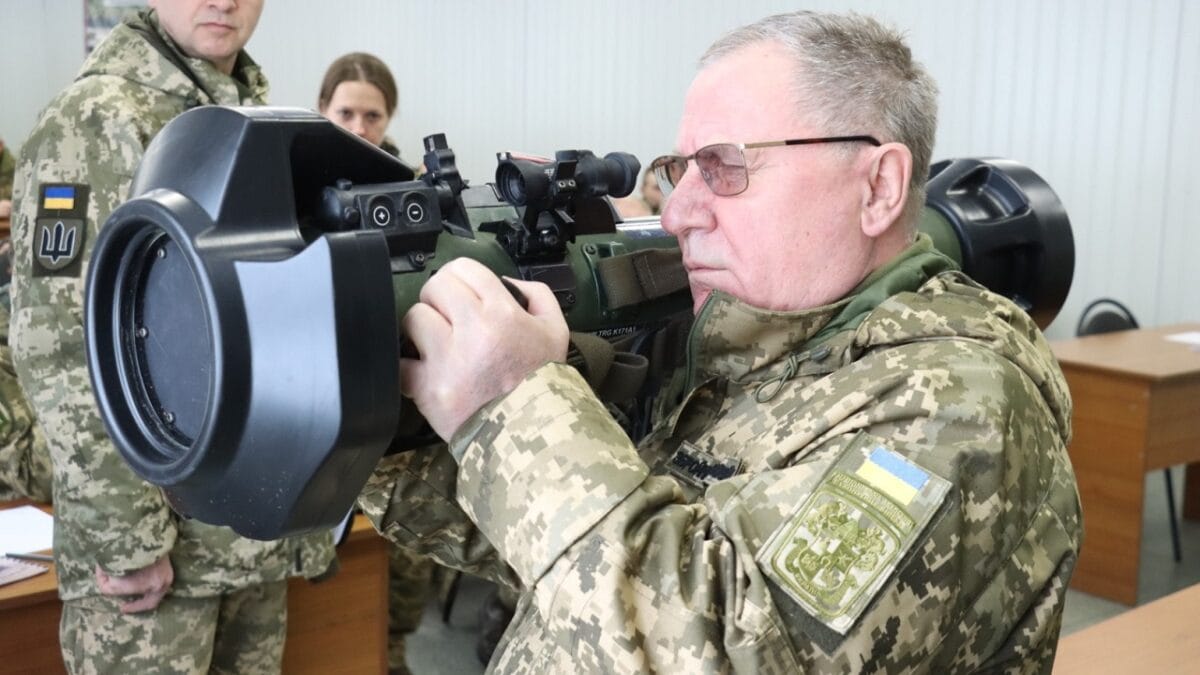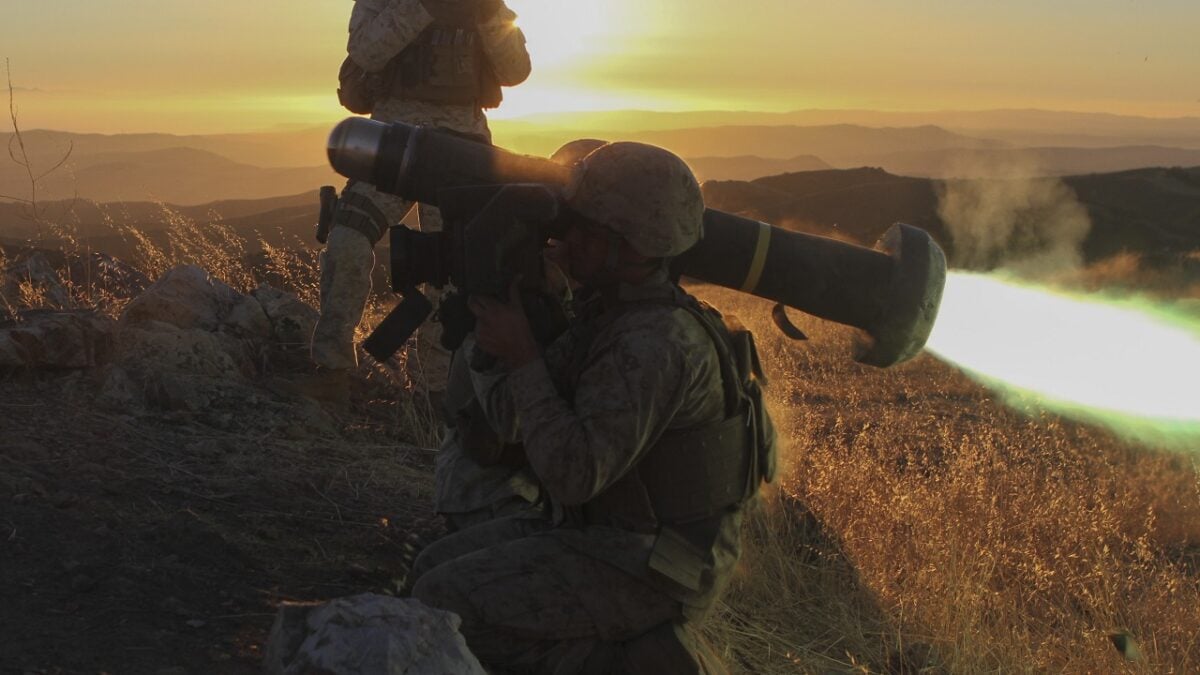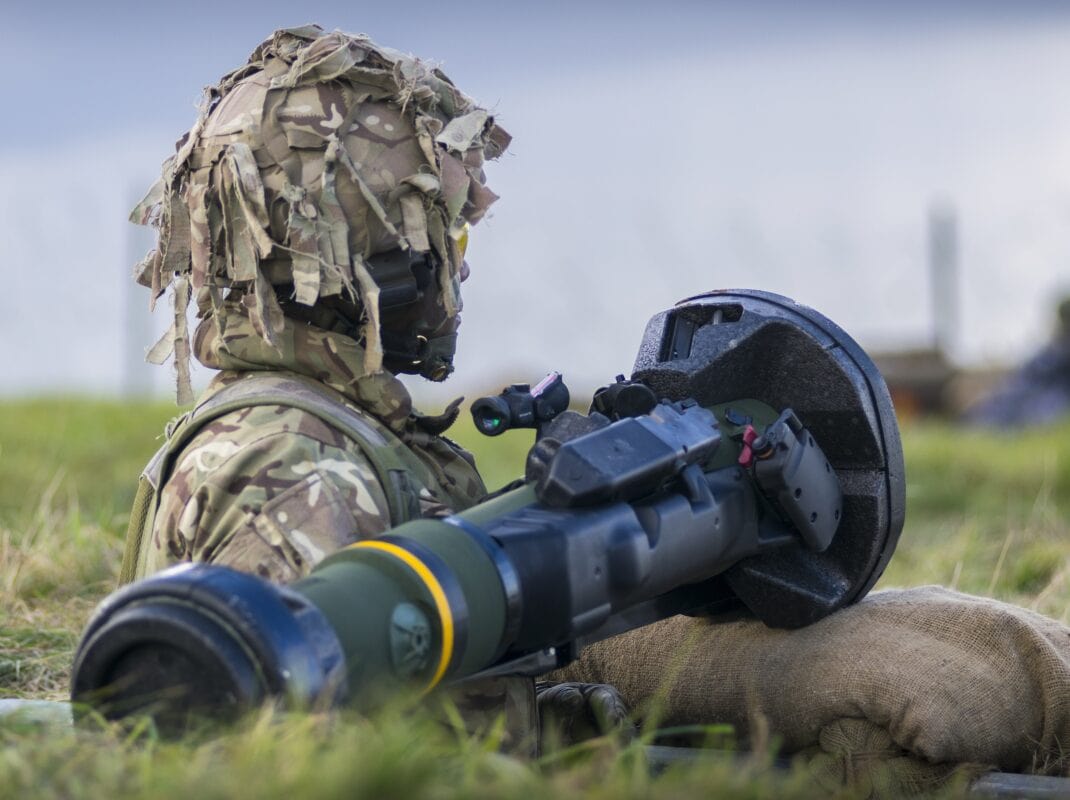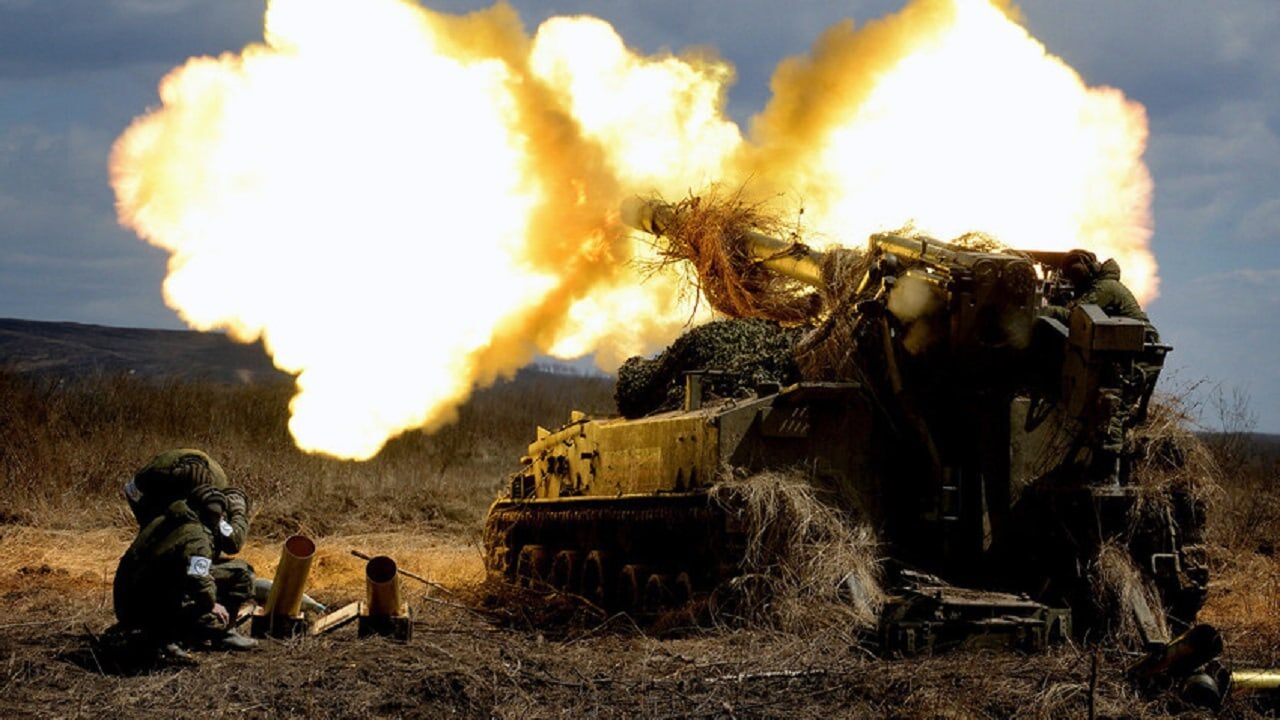Joe Biden’s $33 Billion Request for Ukrainian Aid – and Larger War Policy – Carries Hidden Risks for America’s Economic & National Security – Thursday morning President Joe Biden addressed the American people from the White House, saying he was seeking $33 billion in additional funding to support Ukraine in its war with Russia. While it is right and appropriate that Washington help Kyiv, it is also right and appropriate for Congress to answer a question that it appears no one in Washington has bothered to ask: how does this financial and military support to Ukraine affect American financial and economic security?
It doesn’t take much analysis to realize this Ukrainian package includes a lot of negatives for the United States – and the chances are a lot lower of accomplishing even the stated intent of helping Ukraine win its war than many realize. First lets us consider the military implications of Biden’s request.
Sharing Saturday w JACQUI & JENKINS (@JacquiHeinrich & @JenGriffinFNC). Ukraine hanging in there on #BattleofDonbas, but fight for control of Poposnya may hold the key for the battle. I explain why for @defpriorities: https://t.co/y2w0XvIkAT
— Daniel L. Davis (@DanielLDavis1) April 30, 2022
As I recently explained in considerable detail in these pages, providing tanks, armored infantry carriers, and artillery cannons to Ukraine is unlikely to make a decisive difference in the ongoing Battle of Donbas. Issues of training, logistics, and the ability to maintain the hastily procured gear will constrain their tactical effectiveness. Secondly, trying to graft a hodge-podge of Soviet and Western military gear onto an army that is already in the fight of its life against a well-armed opponent is enormously difficult.
The best that can be hoped for – though far from guaranteed – is that eventually, the West is able to saturate Ukraine with so many heavy weapons and ammunition that the volume alone becomes more than the Russians can defeat, resulting in a stalemate, likely somewhere between the current frontlines of the Donbas and Kyiv.
That still won’t provide a capability to drive Russia out of Ukraine, however; only to stop Putin’s army from driving any further West. Before anyone celebrates such an outcome, it is crucial to understand the end state of such a condition: turning Ukraine into a European version of the Syrian or Yemen civil wars.
Creating a stalemate somewhere in central Ukraine will ensure the country remains hopelessly divided for the foreseeable future. Zelensky’s troops will continue being killed and wounded at some reduced but sustained rate, Ukrainian cities will continue to be slowly destroyed by rocket, artillery, and missile fire, and the population of the entire country will be suspended in a state of war, unable to rebuild or resume normal lives.

NLAW anti-tank missile in Ukraine. Image Credit: Ukrainian Military.
But it won’t just be the people of Ukraine who suffer if the war degenerates into a stalemate. The longer this conflict burns, the worse conditions get for the populations of the West broadly and of the United States in particular. Supporting Ukraine’s war isn’t cost-free – and the conditions in the U.S. were already under meaningful economic stress.
The Fed announced on Thursday that the U.S. economy contracted by 1.4% in the last quarter, the worst such performance since the beginning of the pandemic in 2020. The American people are presently suffering the worst inflation to strike the country in 40 years. The price of a gallon of gas rose 50% in 2021, and thus far in 2022 has continued soaring towards historic highs in many parts of the country. But the worst – as a direct consequence of the war in Ukraine – may be in store for American consumers this summer.
Owing to middle Ukraine being turned into a battlefield, much of the land that normally produces wheat and other staples exported to much of the world remains fallow. Sanctions on Russia will deprive global markets of yet more cereal crops. Worse, the 22% of the world’s ammonia fertilizers normally produced and exported by Russia have been sanctioned and are off the market, putting at risk crop production in other countries – and putting food security for much of the globe in peril this summer.
Adding to negative global economic pressure, Russian oil and gas have also been curtailed, and Europe is considering an outright embargo – which has already caused oil prices to spike over $100 per barrel; it could be as high as $240 a barrel by this summer. Rising fuel prices, naturally, will cause the transportation of every commodity in America to increase. America right now is facing the potential for a severe, perfect economic storm this summer.
Combined with the already record-high level of inflation, the rising fuel prices, shortages of food worldwide, and the already contracting economy, America faces the real danger of suffering not just a major recession, but if the war drags on long enough, the real prospect of a depression. It is into this environment that Biden’s request for an additional $33 billion to fund Ukraine’s war against Russia must be considered.

A Marine with Weapons Company, 1st Battalion, 4th Marine Regiment, fires an FGM-148 Javelin during a TOW battle drill aboard Camp Pendleton, Calif., Aug. 28-29, 2014. The Marines were performing basic TOW drills using live fire and maneuver to ensure they were ready for future deployments.
Earlier this week, Secretary of Defense Lloyd Austin openly stated that It was U.S. policy to “weaken” Russia’s military by the aid we provide to Ukraine. There are many in Washington who would no doubt be only too happy to see the war descend into a stalemate, realizing that such a state would cause long-term harm to Russia, further diminishing their war-making capacity. Chairman of the Joint Chiefs of Staff, Gen. Mark Milley, in fact, told a Senate committee he expected the war’s duration to be “measured in years.”
It should be the policy of the United States to end the war as soon as possible, not to see it drag out as long as possible. Laying the foundation for perpetuating the war would increase the suffering of the population while providing no path to conflict resolution. It would continue significant upward pressure on global oil prices, food prices, and increase the risk for the entire Western world of a severe recession – or if carried far enough, a depression.
It is time for a change of course. The U.S., European, and NATO leaders would be doing their own citizenry a favor and ultimately helping save Ukrainian lives if they put at least as much emphasis and effort in ending the war as they have in extending it. It is understandable that many detest Putin and desire to see him harmed. But it would be foolish – and dangerous to our way of life – to seek to degrade Russia in a way that causes damage to our own interests.

Now a 1945 Contributing Editor, Daniel L. Davis is a Senior Fellow for Defense Priorities and a former Lt. Col. in the U.S. Army who deployed into combat zones four times. He is the author of “The Eleventh Hour in 2020 America.” Follow him @DanielLDavis1.

